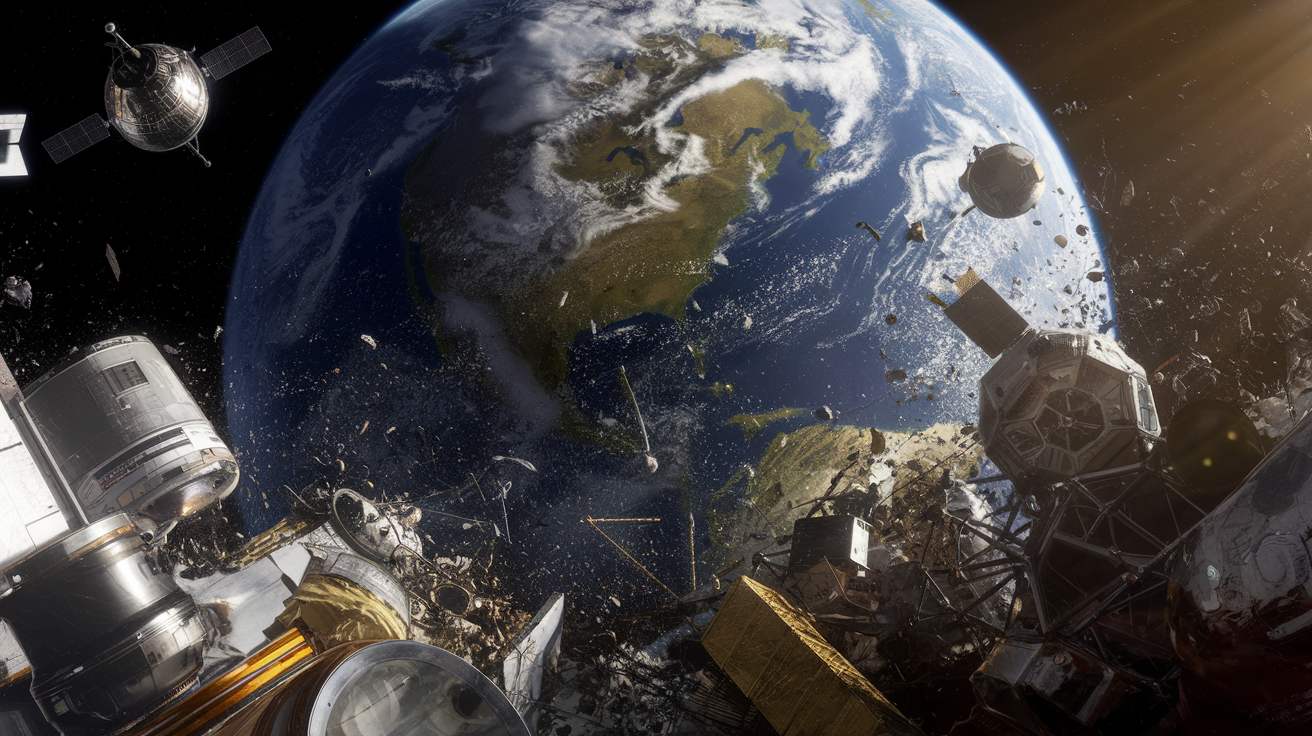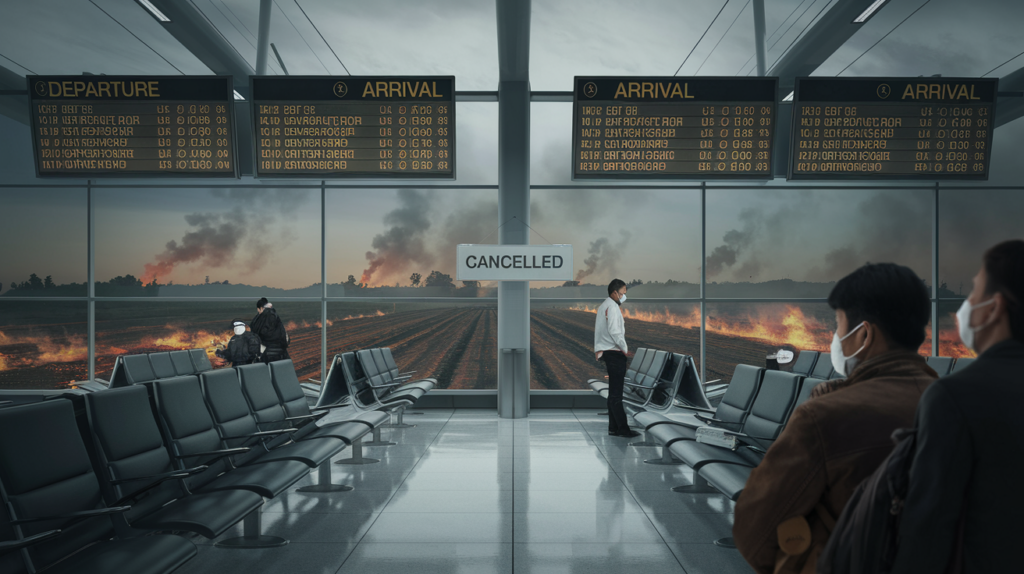The proliferation of space junk represents a growing threat, with over 34,000 objects larger than 10 cm and a total mass of 9,000 tonnes in orbit. Although the risk of collision with aircraft remains low, the increase in the number of air traffic and the lack of spatial regulations could make the situation even worse. Debris in low Earth orbit is of particular concern. Initiatives to space cleaning with innovative techniques such as robotic arms and lasers, a market valued at 3 billion euros a year.
A cluttered sky
Space, once a place of infinite mysteries, is today increasingly saturated of debris. With over a million objects orbiting our planet, we're faced with a real space headache. Debris of all sizes orbits the Earth for decades, representing projectiles capable of colliding with a satellite or space station.
Regulations like the Wild West
While air traffic is perfectly regulated and secureUnfortunately, the same rigor does not apply to space regulations. Legal experts are quick to compare it to a veritable Wild West. Every day, the European Space Agency and its counterparts try to reduce the mass of space waste orbiting the Earth.
Aviation risks
Although the risk of space debris hitting an aircraft is low, these objects could disrupt flights and cause additional costs for airlines. In 2022, Spain and France closed part of their airspace as a piece of debris threatened to cross the sky, causing delays to around 600 flights.
The threat of a worst-case scenario
The global concern is that uncontrolled proliferation of this debris could lead to Kessler syndrome, where the density of debris considerably increases the risk of chain collisions. Currently, ten large objects a year have to be removed before fragmentation to limit this risk.
A strategy for cleaning up space
NASA recently unveiled the first part of its strategy for sustainability in space, addressing satellite proliferation in particular. Clean-up solutions are emerging, such as "Space Tugs", robotic arms, nets, and even harpoons to capture small debris.
A future under scrutiny
Against this backdrop, a new branch of the space industry is emerging: space cleaning. NASA estimates this market at 3 billion euros a year. It's a colossal technological challenge that will make space accessible to future generations.
A challenge for future generations
Clearing up space debris is becoming crucial. With over 2,300 rocket bodies eventually re-entering our atmosphere in an uncontrolled manner, it is imperative to regulate and control space debris to ensure the stability and safety of the space environment. France, a pioneer in this field, has adopted legislation to prevent the proliferation of orbital waste.

Comparison of Risks and Solutions to Orbital Waste Proliferation
| Aspects | Orbital waste |
|---|---|
| Total Debris | More than 34,000 objects over 10 cm in size |
| Total weight | Approximately 9,000 tonnes |
| Risk to Aircraft | Weak but real |
| High Risk Zone | Regions around major airports |
| Potential impact | Airline delays and costs |
| Proposed solutions | Robotic arms, nets, harpoons |
| Space cleaning market | Estimated at 3 billion euros a year |
| Waste Management | The need for international regulation |
| Incident examples | Partial closure of airspace in 2022 |
| Evolution Future | Possibility of doubling in 50 years |
On the same theme
Elon Musk ally Jared Isaacman takes the reins at NASA!
Billionaire adventurer Jared Isaacman has been appointed head of NASA by Donald Trump. A close friend of Elon Musk, Isaacman was a pioneer of private space tourism, notably leading the Inspiration 4 mission with SpaceX. At 41, this...
Thailand: Airline closes due to air pollution from agricultural fires
In Thailand, severe air pollution caused by agricultural burning has led to the temporary closure of an airline. Between December and April, air quality in the north of the country deteriorates, affecting flight safety,...





